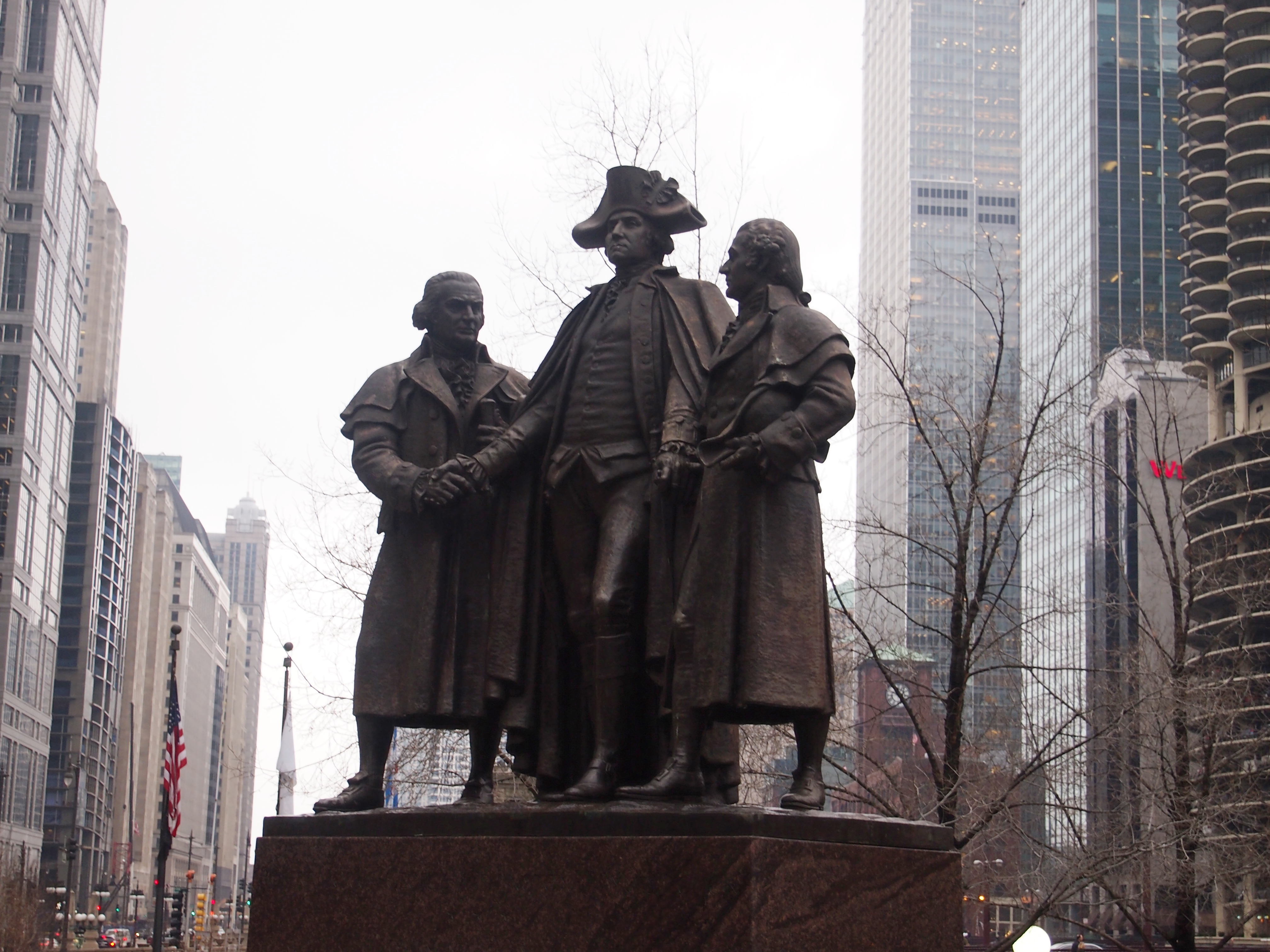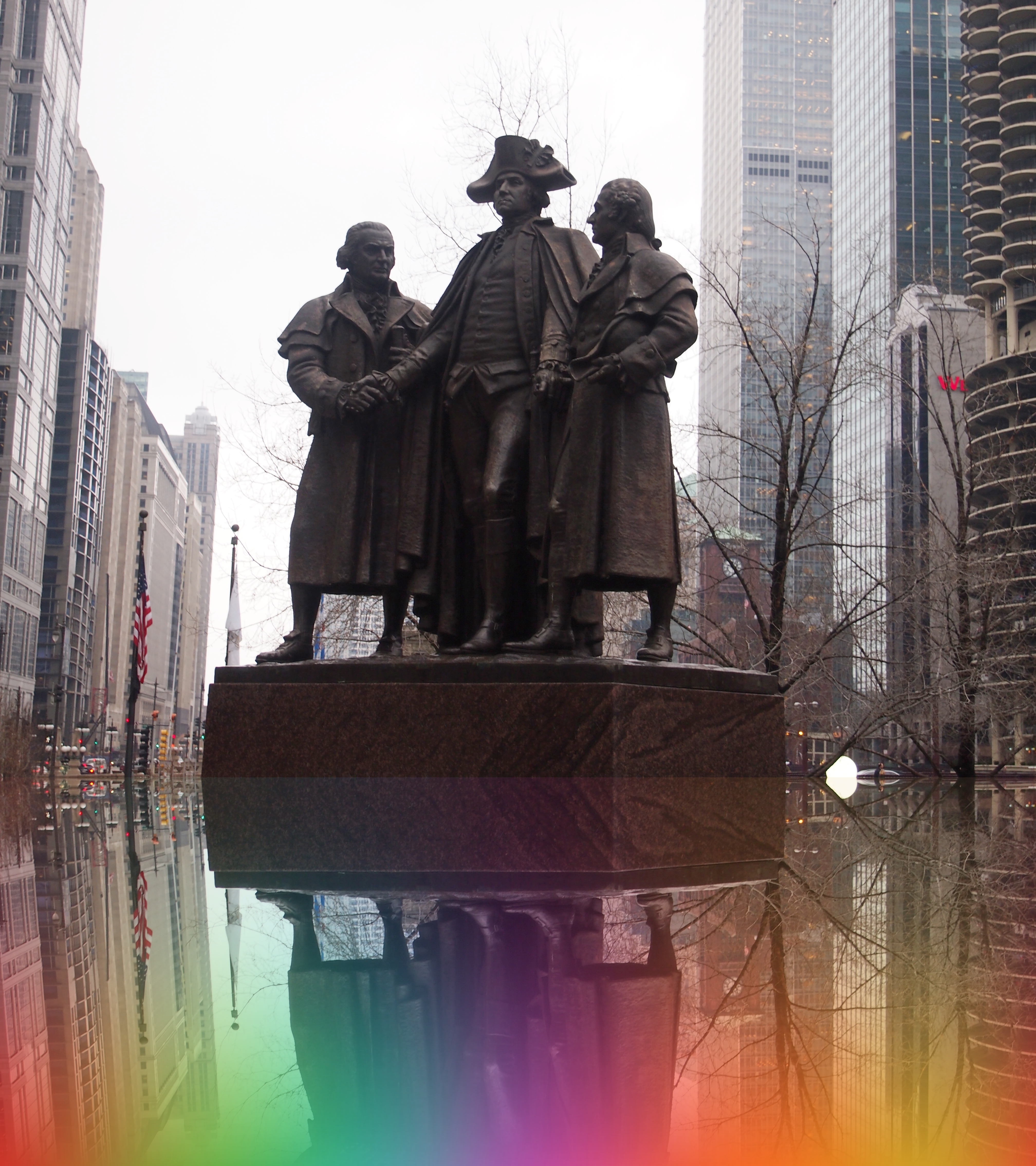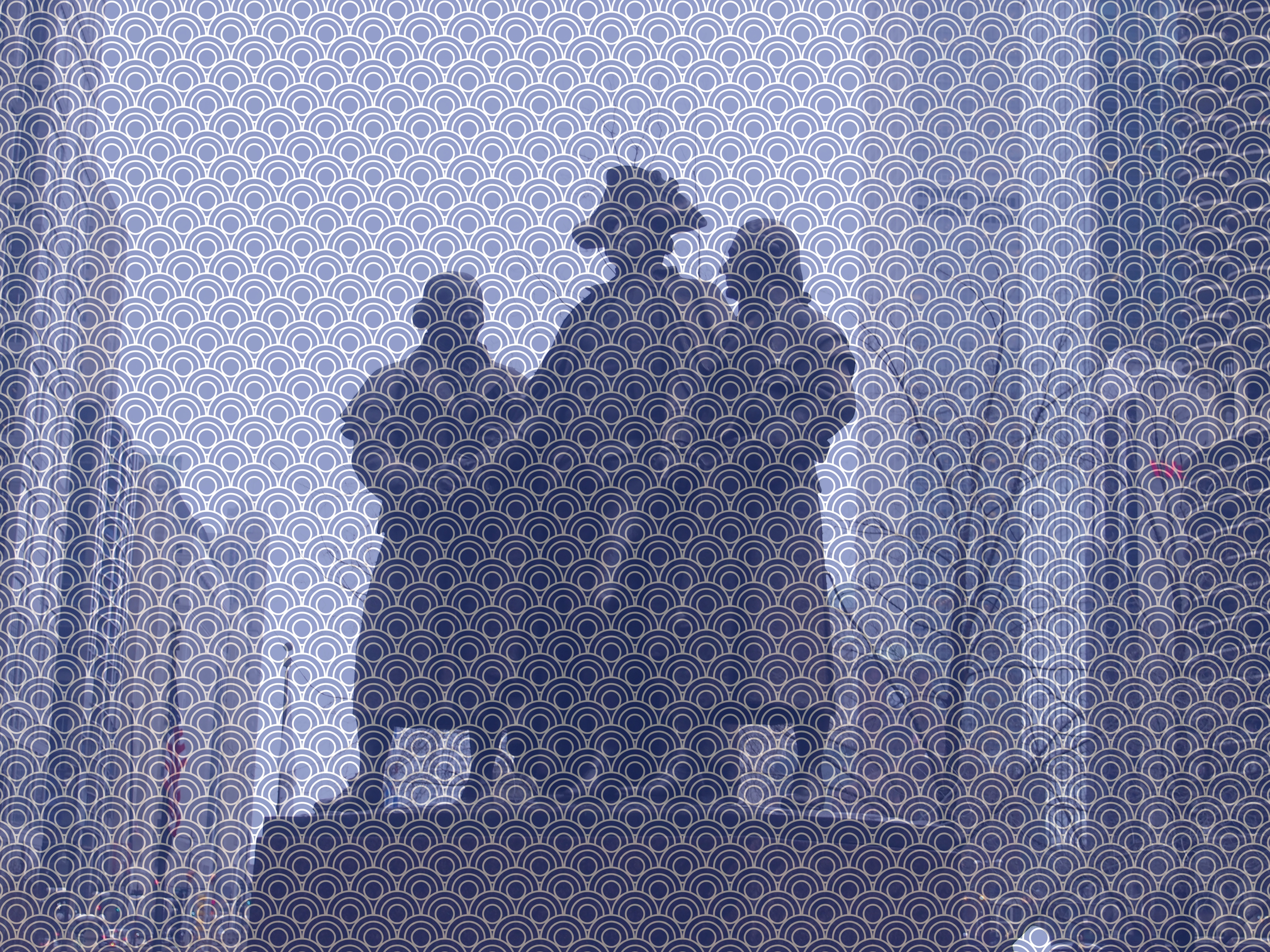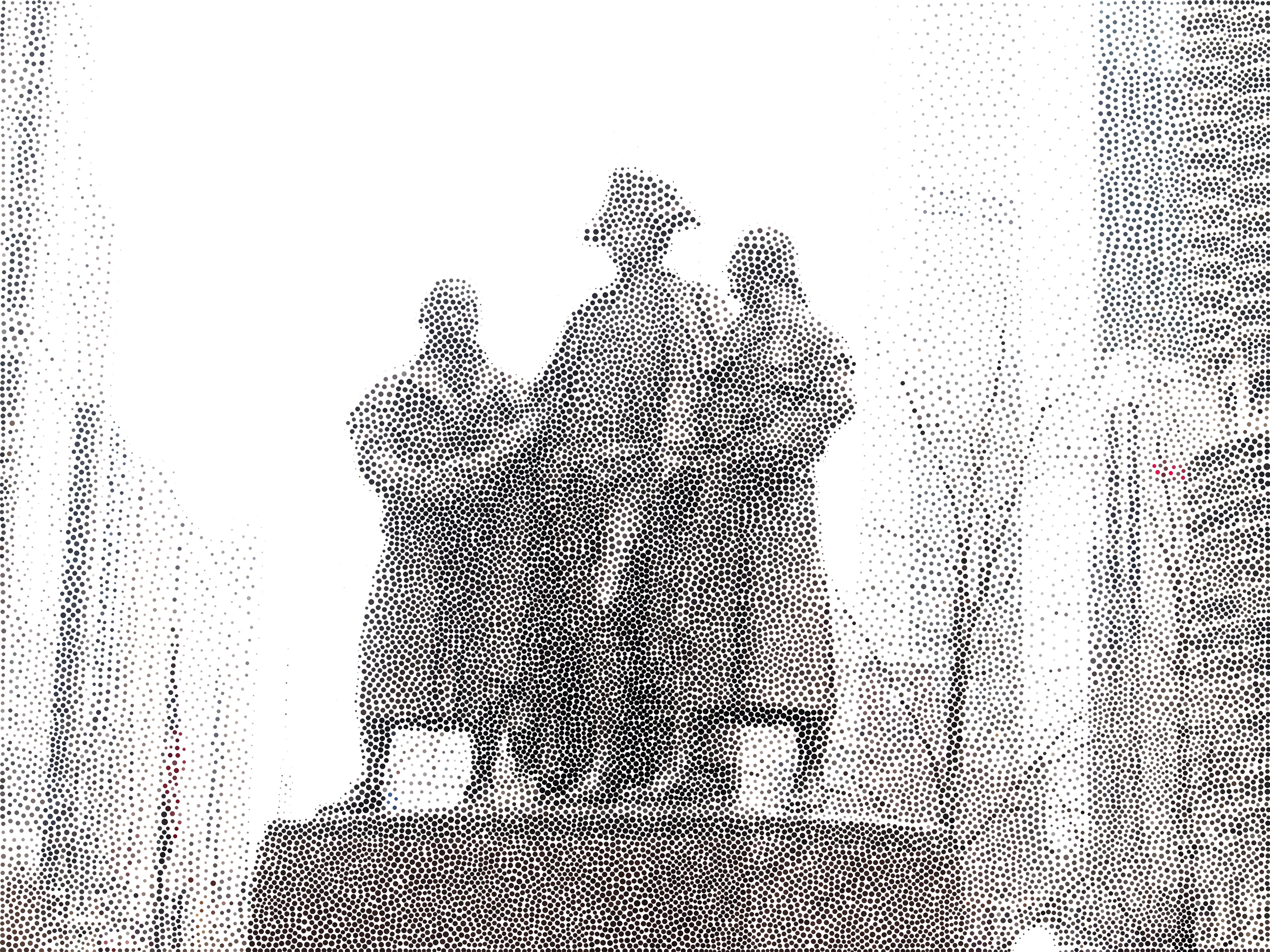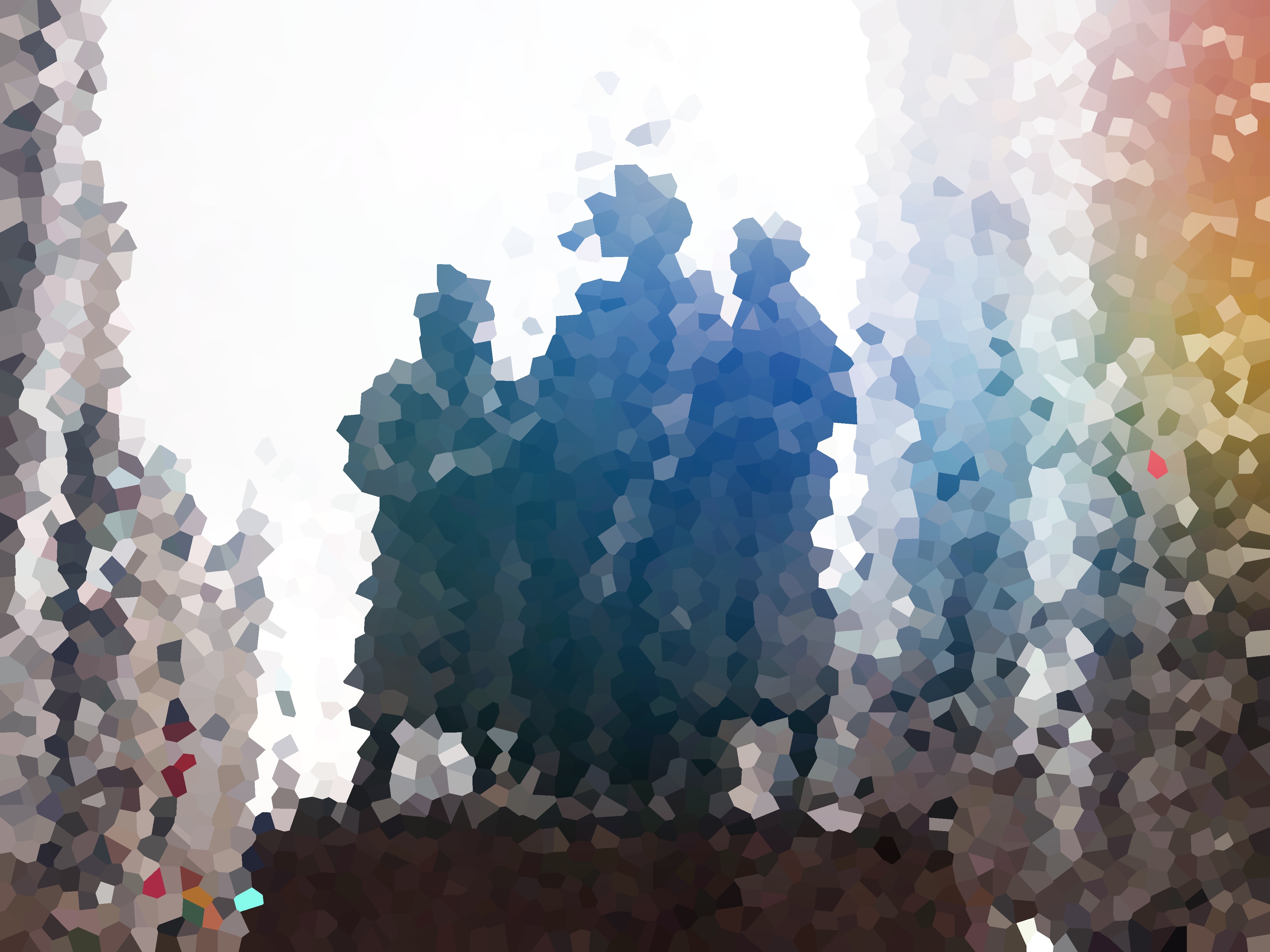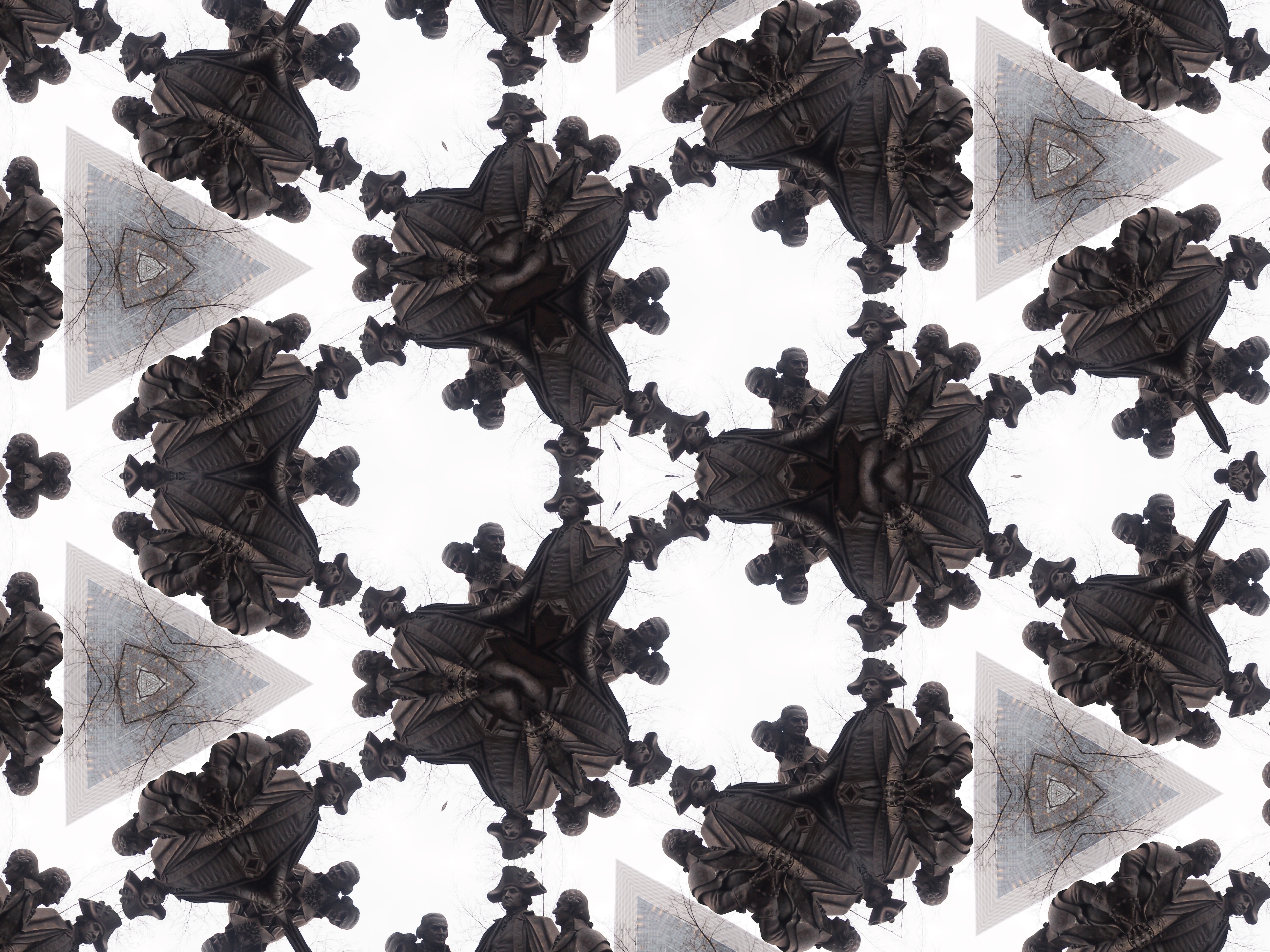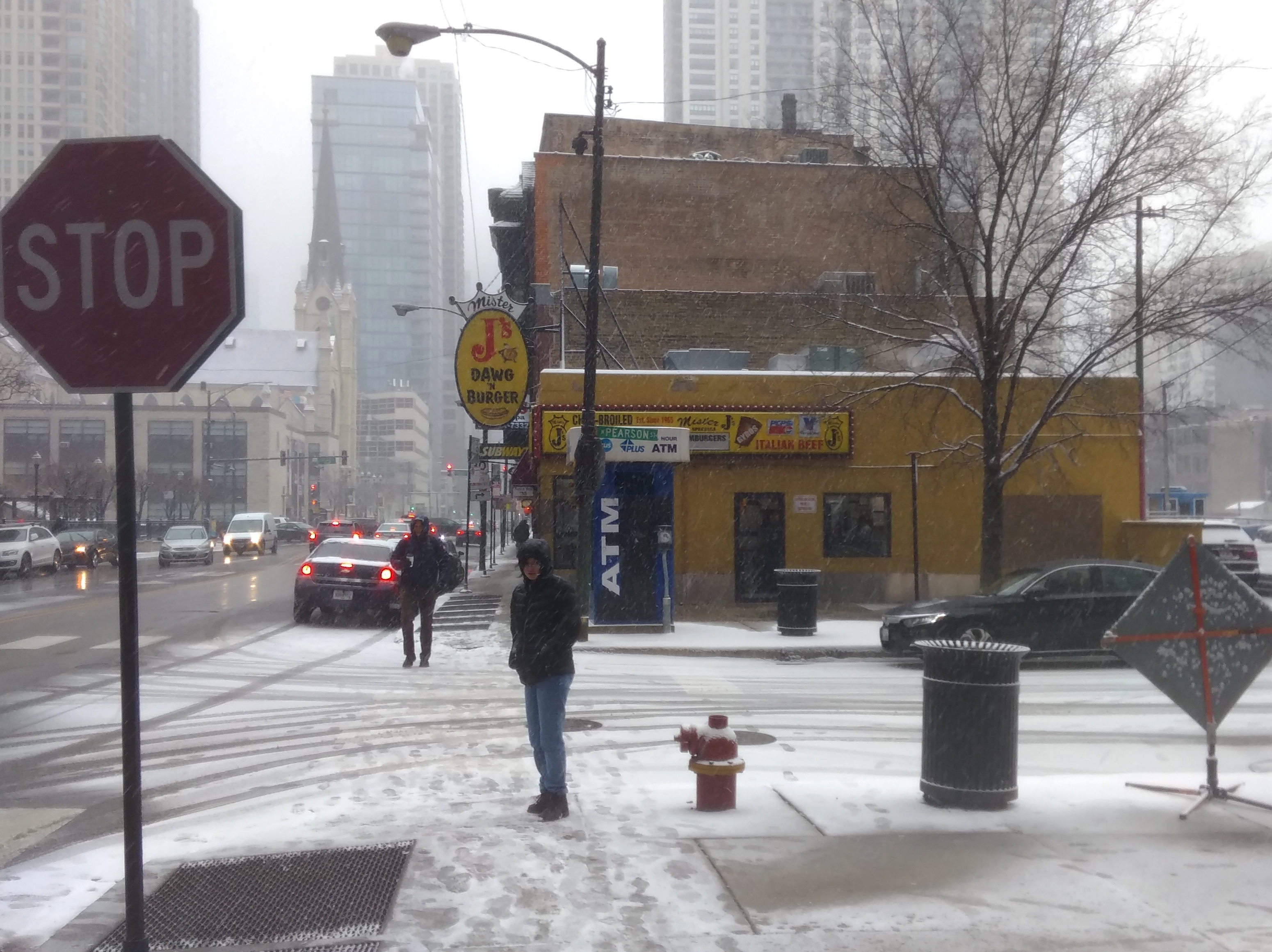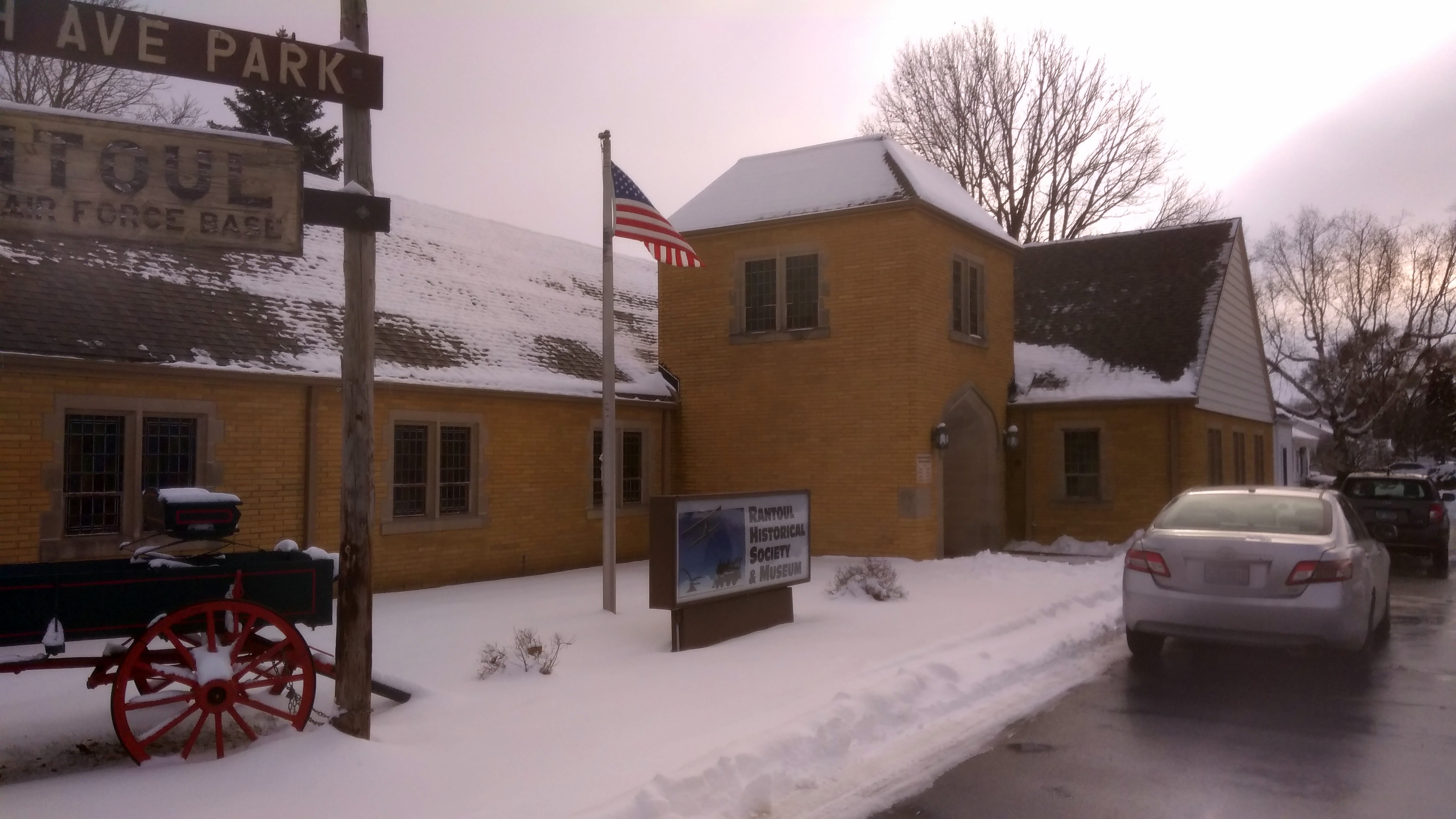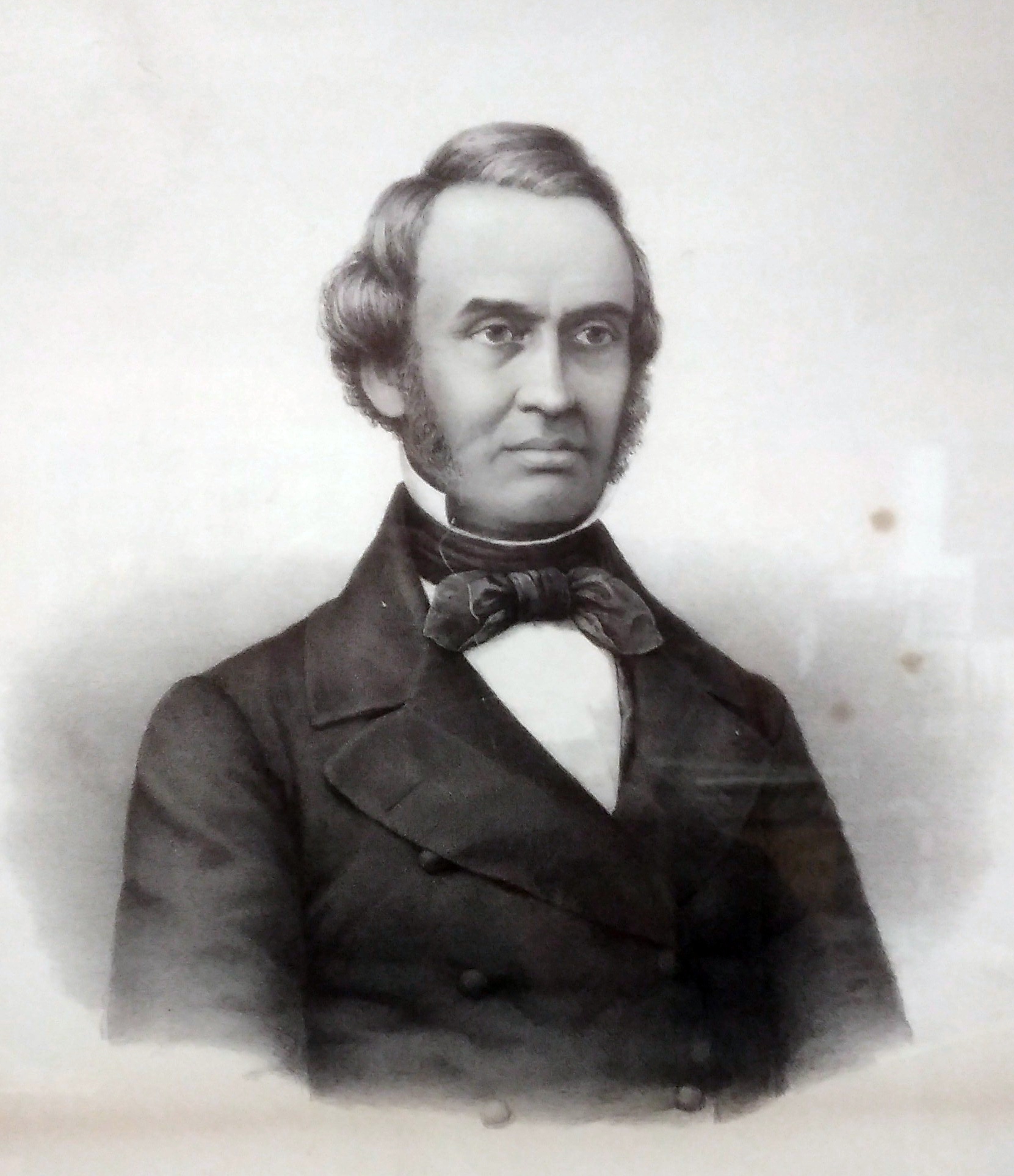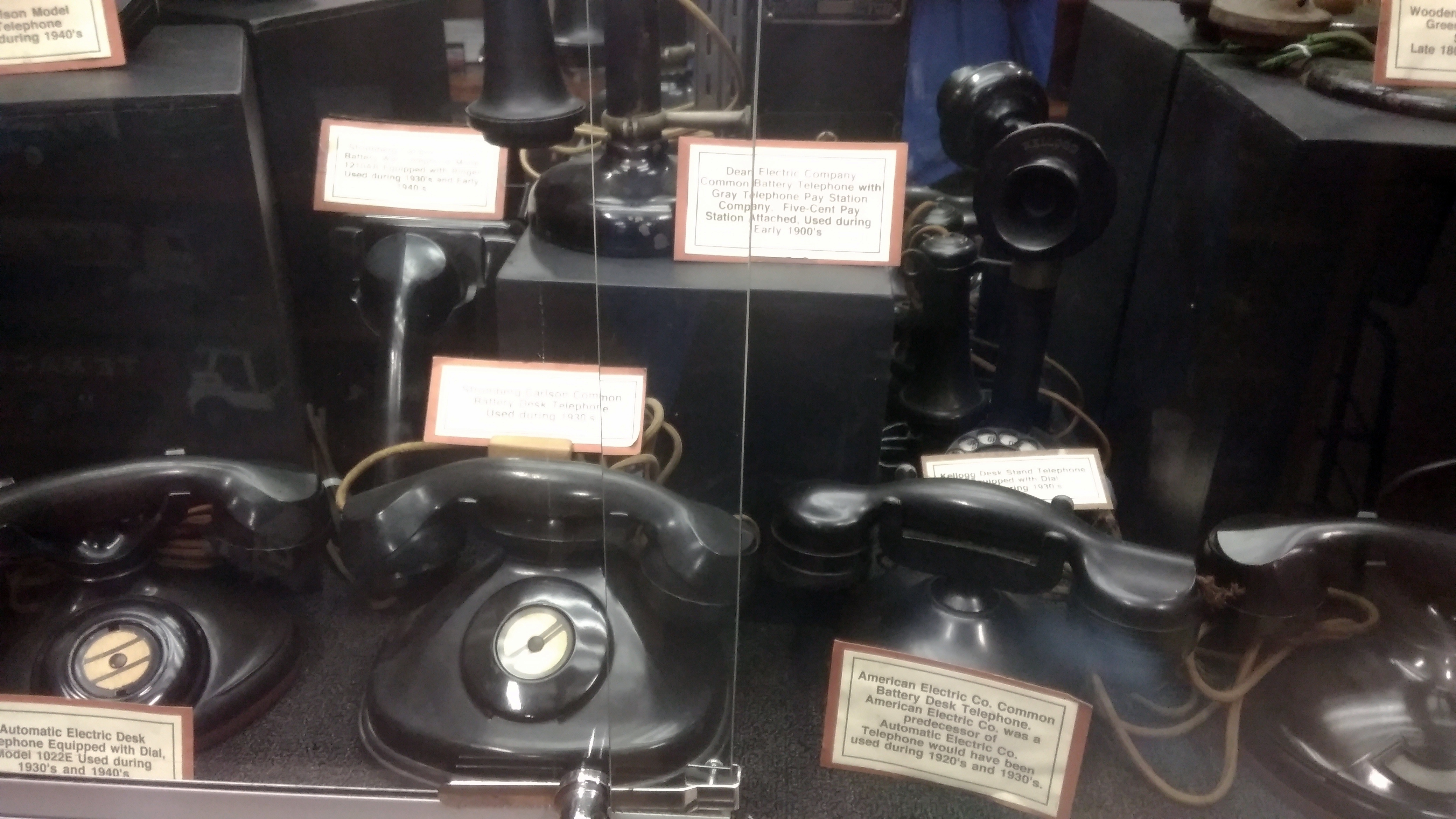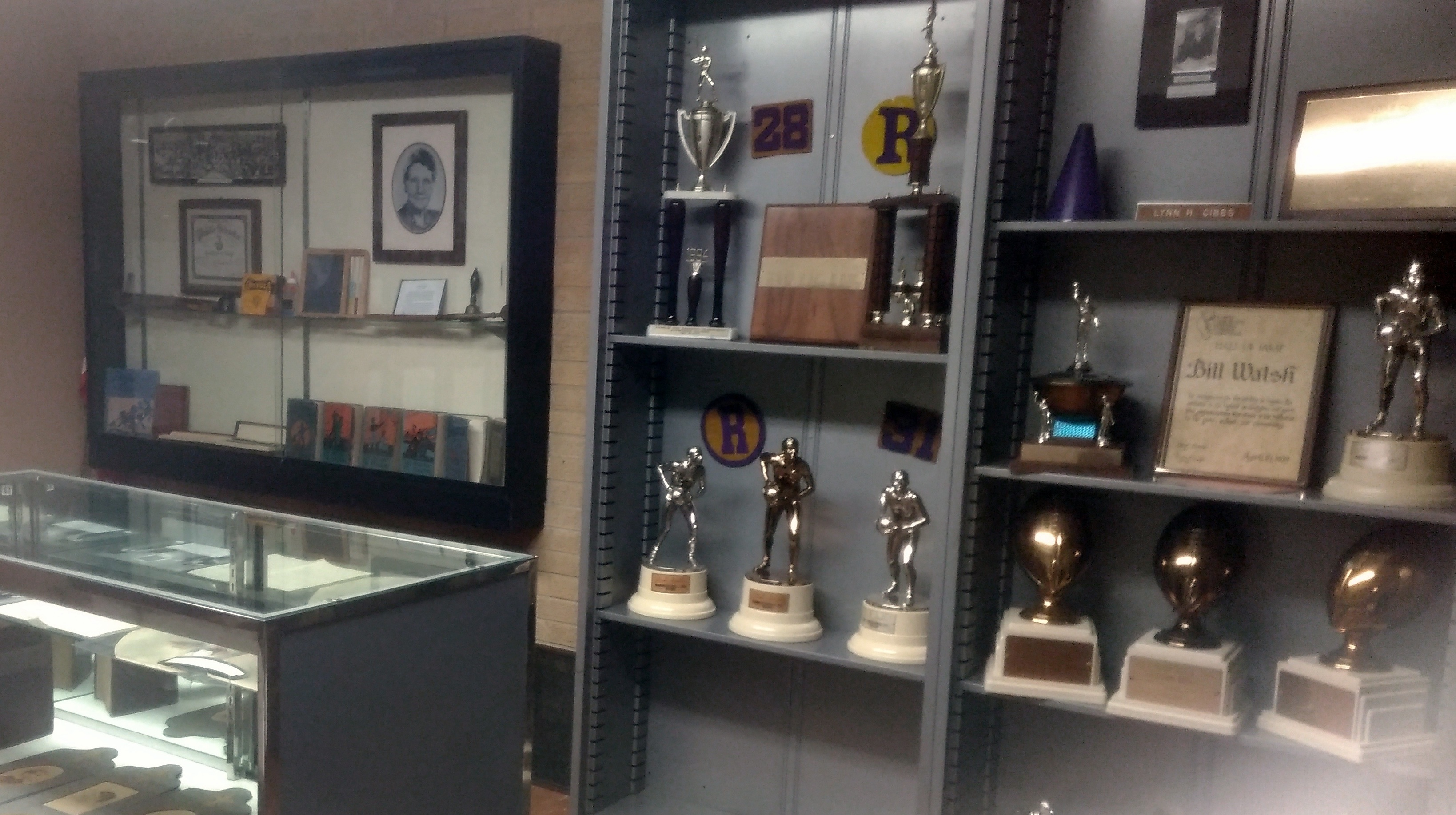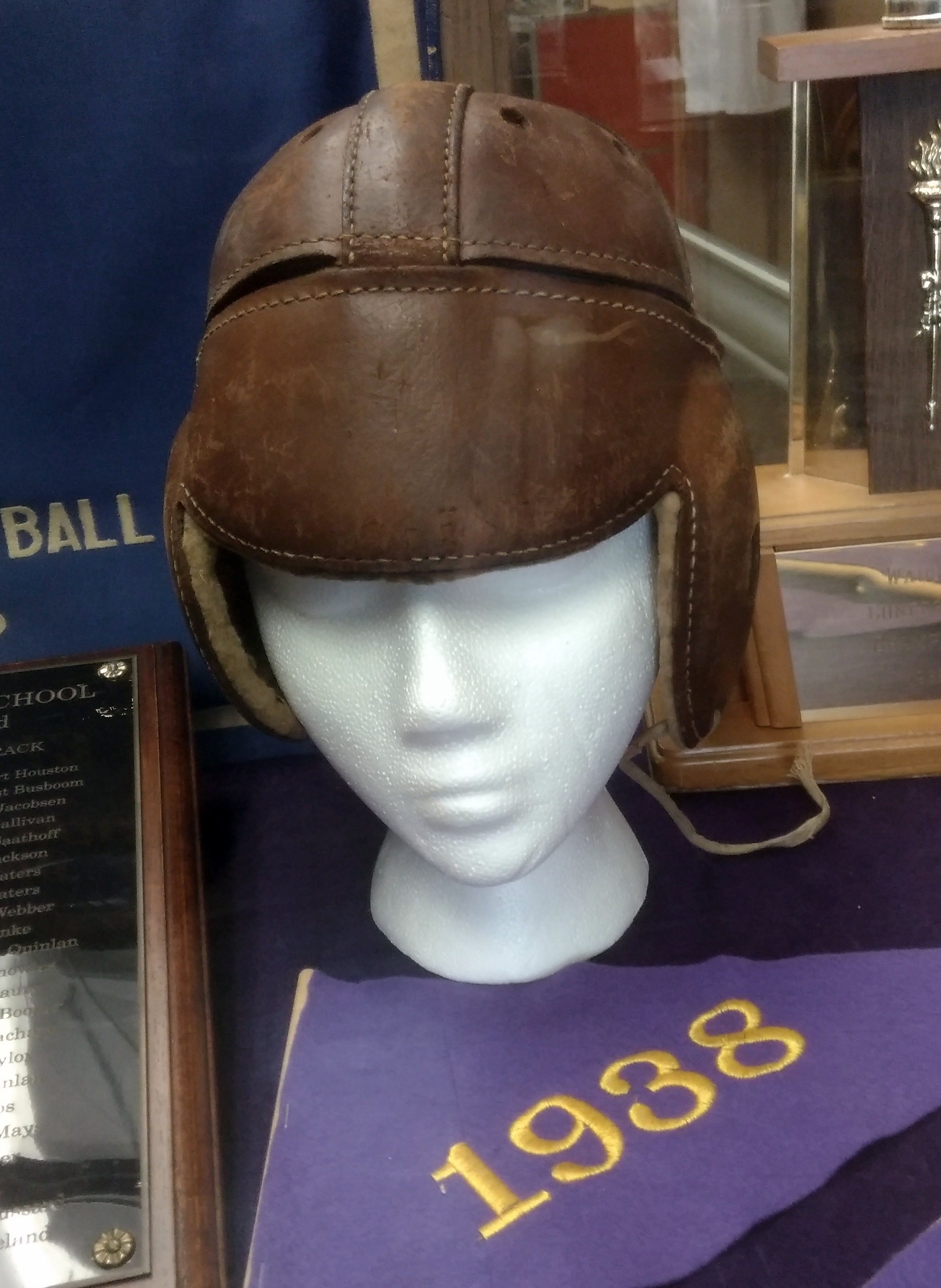Sometimes you pick up a book that’s been on the shelf unread for many years and you think, time to read it. So it was around the beginning of the year with a copy of Stalin, subtitled “The History of a Dictator,” by H. Montgomery Hyde (1907-89).
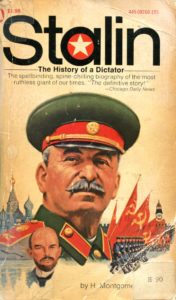 It’s a paperback, originally published in 1971 and which no doubt my brother Jay bought. The copy’s pages are yellow and a little brittle with the passage of so much time, and the front cover is partly torn — and repaired with tape — but the book withstood my reading it. Not bad for a paperback not meant to last long.
It’s a paperback, originally published in 1971 and which no doubt my brother Jay bought. The copy’s pages are yellow and a little brittle with the passage of so much time, and the front cover is partly torn — and repaired with tape — but the book withstood my reading it. Not bad for a paperback not meant to last long.
Of course there are newer biographies of Stalin, such as the work of Stephen Kotkin, whose three-volume bio had its second volume published in 2017. Those sound really good. Later books have the advantage of at least partly open former Soviet or other Communist archives, including things unimaginable in 1971, but even so I wanted to read Hyde’s book. For one thing, it’s on my shelf.
More than that, I was curious how Hyde approached the subject without access to those archives. With a fair number of workarounds, it turned out, and perhaps leaning a little too much on Khrushchev, who has to count as an unreliable narrator. On whole, though, I’d say Hyde did a good job with the material he had to work with.
Sometimes, Hyde pointed out, history and the fate of millions (very possibly) turn on a small event: “If the final stroke of apoplexy had been delayed for a few months or weeks, or even days, Lenin might have succeeded, even without Trotsky’s help, in ousting Stalin from his place of power, such was the immense following Lenin could command in the Party and country. But it was not to be.” (p. 203)
The book isn’t the only Stalin-related diversion for me lately. As in the last year or so. While in New York last March, I went to the Brooklyn Academy of Music’s Rose Cinemas, where I paid New York prices to see The Death of Stalin, then a first-run movie.
 It was worth full price. As dark as comedy gets, Death managed to be a funny movie about one of history’s most unfunny subjects, Stalinism. Loosely based on actual events and hardly solid history, but that didn’t matter because of the rule of funny.
It was worth full price. As dark as comedy gets, Death managed to be a funny movie about one of history’s most unfunny subjects, Stalinism. Loosely based on actual events and hardly solid history, but that didn’t matter because of the rule of funny.
Another reason to like the movie: it irritated humorless, authoritarian bureaucrats. According to the imdb: “The movie was banned in Russia on January 23, 2018, two days before it was due to be released… One member of the Culture Ministry’s advisory board was quoted as saying, ‘The film desecrates our historical symbols — the Soviet hymn, orders and medals, and Marshal Zhukov is portrayed as an idiot,’ and added that the film’s release in advance of the 75th anniversary of the end of the Battle of Stalingrad (February 2nd), would be ‘an affront to Russia’s World War II veterans.’ ”
Whatever, Ivan. I will point out that Zhukov wasn’t played as an idiot, but as canny and flamboyant. Canny the real Zhukov surely was, but flamboyant I doubt. Again, the rule of funny. The movie Zhukov was a hoot.
One more Stalin-oriented bit of entertainment: “Joe the Georgian,” an Al Stewart song (1995). Back when I saw him at the Woodstock Theatre in 2008, he sang it, and did his usual patter beforehand. I don’t remember the exact words, but he said that his agent or his label or someone encouraged him to write a dance song. Dance songs sell.
“So I wrote a dance song,” he said. “The trouble was, it was about Joseph Stalin.” Enormous laughter from the audience.
In the song, an unnamed Old Bolshevik, newly arrived in Hell, ponders how he got there.
We all set off together
On this sorry ship of state
When the captain took the fever
We were hijacked by the mate
And he steered us through the shadows
Upon an angry tide
And cast us one by one over the side
His consolation is that when Stalin arrives in Hell, as he surely will, the Old Bolsheviks will torment him with heated pitchforks for “the next few million years” while they “dance, dance, dance.”

